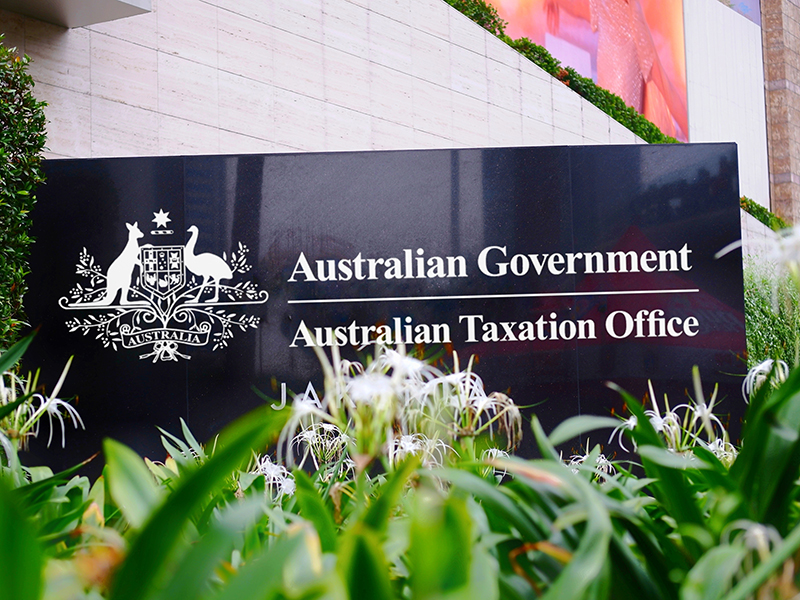
Tax alert June 2017
Major changes to the rules applying to both superannuation (super) and business tax come into force on 1 July 2017, so taxpayers need to ensure they are prepared for the new regime. Here’s a roundup of the key tax changes:
Instant asset write-off ends
Small business owners should note the very popular $20,000 instant asset write-off scheme has been extended for another year to 30 June 2018. Under this scheme, small businesses can purchase items of capital equipment costing less than $20,000 and claim an immediate tax deduction.
Although originally due to end this financial year, the popular measure was given a reprieve in the May budget. The government has signalled that it will be tightening the rules to make sure that purchases made are for business use only.
New super contribution rules
The biggest tax changes to Australia’s super system in a decade will start on 1 July 2017. A host of new rules apply to both the contribution and retirement phases of the super system, so taxpayers who can afford it should consider whether to exploit the more generous current rules before 30 June.
One of the biggest changes is the introduction of new flat limits for super contributions. From 1 July 2017, the cap on concessional (pre-tax) contributions will drop to a flat $25,000 for everyone, regardless of age. Previously, the cap was $35,000 for people 49 years and older at the end of the previous financial year, and $30,000 for everyone else.i
For non-concessional (after-tax) contributions, there will be a new annual cap of $100,000 (down from $180,000). The current $540,000 limit on non-concessional contributions over a three year period will fall to $300,000 from 1 July 2017.ii
If you’re aged under 65, new rules will allow you to claim a tax deduction (up to the new annual $25,000 contribution limit) for any personal contributions, regardless of your work situation. Previously only the self employed could claim this deduction.iii
Changes for pre-retirees and retirees
From 1 July 2017, super members with a transition to retirement income stream (TRIS) will pay tax on their investment earnings. Previously no tax was applied to these earnings.
There is also a new limit on the amount that can be transferred from a super contribution account into a tax-free retirement phase account to set up a super pension. The new ‘transfer balance cap’ of $1.6 million will be indexed in line with the CPI. Retirees who exceed their transfer balance cap must either move the excess to a super accumulation account or withdraw it from the super system.
New super tax rate for working holiday makers
As part of the tax changes made to the so called ‘backpacker tax’, from 1 July 2017 any departing Australia super payments (DASPs) made to working holiday makers will be taxed at 65%. This group includes people holding, or who have held, a 417 Working Holiday or 462 Work and Holiday visa.
The 65% rate applies to the total DASP amount, including any super earned while working under a different visa. Payments made before 1 July 2017 will be taxed at the current rate of 38%.iv
Business tax changes
Companies big and small are likely to pay a reduced tax bill after the Senate amended the Treasury Laws Amendment (Enterprise Tax Plan) Bill. Although it has not become law yet, the Bill contains amendments to progressively reduce the tax rate to 25% for companies with an aggregate annual turnover under $50 million.
The Bill also progressively lifts the small business income tax offset rate and gives more small businesses access to tax concessions by increasing the turnover threshold to $10 million.
i https://www.ato.gov.au/Individuals/Super/Superchanges/Change-to-concessional-contributions-cap/
ii https://www.ato.gov.au/Individuals/Super/Super-changes/Change-to-non-concessionalcontributions-cap/
iii https://www.ato.gov.au/individuals/super/super-changes/change-to-personal-super-contributions-deductions/
iv https://www.ato.gov.au/individuals/super/in-detail/withdrawing-and-paying-tax/super-information-fortemporary-residents-departing-australia /?page=5#How_and_when_DASP_is_paid


